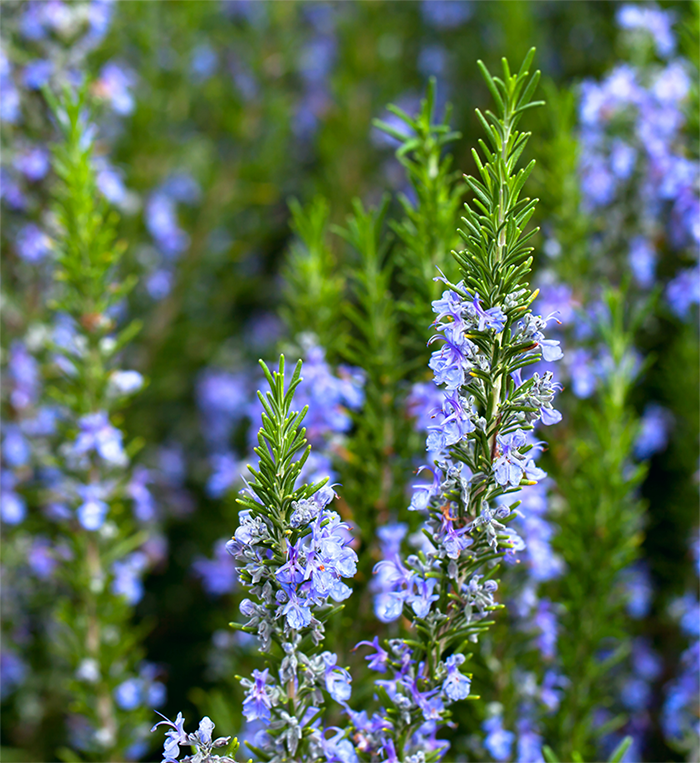Everything You Need to Know About Terpenes
- Terpenes are the compounds in cannabis that give each strain their distinct smell and taste.
- Research suggests that terpenes, along with cannabinoids like THC and CBD, might also play a role in the effects of cannabis.
- Our glossary includes the terpenes that are most commonly found in cannabis.
7-minute read
What are terpenes?
If you’ve consumed cannabis, you’ve probably noticed that each strain smells and tastes at least a little different. Some have earthier scents. Others are more citrusy or piney. What your nose is picking up on is the smells of the predominant terpenes found in each strain. These chemical compounds are in all plants. The mix of terpenes creates each plant’s distinct flavors and smells. That’s called a plant’s terpene profile.
There’s more to terpenes than just their scent and taste
But aside from their scents, research suggests that they might contribute more to your smoke sesh than you might realize. Like cannabinoids, terpenes may help determine the potential effects of cannabis. Research on cannabis terpenes is still in its infancy. But some of it shows the possibility of promising benefits they might provide, and many of us find that certain terpene profiles affect us in predictable ways. For example, linalool seems to aid in restful sleep and with soothing anxiety. Limonene also seems to inhibit cytokines, which trigger inflammation.
Why it helps to know terpene profiles
When you know the terpene profile of the cannabis products you consume, it could help you understand how each specific strain might affect you. The more information you have about the health and wellness benefits that could be linked to certain terpenes, the better. When you understand a strain’s terpene profile, you can make more informed choices about the cannabis you buy.
How do terpenes Affect you?
Unlike cannabinoids, terpenes won’t make you high. But they do affect the brain. So they’re considered psychoactive. That’s why so many cleaning products include scents like citrus or lavender. The bright scent of lemon or grapefruit invigorates most of us. Similarly, most of us find the scent of lavender calming. Just like that, cannabis experts believe that terpenes combine with cannabinoids, like THC and CBD, to make some strains more energizing and others more relaxing.
The entourage effect
Research suggests that together—terpenes, cannabinoids, and the many other compounds in cannabis—interact to create what’s called the entourage effect. In the most simple terms, the entourage effect is the hypothesis that the whole is greater than the sum of its parts. In other words, the full spectrum of the compounds in cannabis work interactively together to to produce the effects of consuming cannabis. The entourage effect aligns with current research about the effects of terpenes. This suggests that the terpenes in cannabis may be just as important as the cannabinoids.
The most common terpenes
Science tells us that there are about 400 terpenes in cannabis. So far, though, experts have only linked a few of them to specific effects. To help you choose the best cannabis strains for you, here’s a glossary of the most common cannabis terpenes and their potential effects.
Myrcene—the earthy terpene
Myrcene (mər–sēn) is an earthy terpene that can include herbaceous, musky, and even spicy scents. But we most associate this terpene with mangoes. It’s also predominant in hops, lemongrass, and eucalyptus. But cannabis strains with a lot of myrcene tend to have a mildly sweet flavor profile.

Potential Benefits of myrcene
Myrcene seems to have calming properties. Typically, it’s found in cannabis strains that seem to have soothing effects. According to a 2015 study, this terpene may also offer anti-inflammatory benefits. This study suggests that myrcene may have the ability to effectively reduce inflammation in conditions like osteoarthritis. The same study revealed that myrcene might also slow the progression of this disease by decreasing the production of some inflammatory cells. Based on this realm of research, myrcene could potentially be used to alleviate the symptoms of other inflammatory conditions as well.
Limonene—the citrusy terpene
Limonene (li-mə-nēn) is one of the most common terpenes in cannabis. You’ll know it by its citrusy aroma. Due to its potential therapeutic benefits, limonene is a popular terpene. It’s the one that’s in lemons, too. But, did you know the highest concentration of limonene is actually found in orange rinds? Its bright, citrusy scent is widely recognized as uplifting.
Potential Benefits of limonene
Because of its world renowned propensity to be uplifting, some cannabis consumers consume limonene-rich strains to relieve anxiety. Studies have shown that the inhalation of limonene reduces anxiety symptoms in mice by increasing serotonin and dopamine levels. Other scientific studies look at how limonene could also function as an anti-inflammatory and an antioxidant. Anecdotal evidence also suggests that limonene could improve digestive and heart health. Of course, we’re still waiting for more scientific studies to validate these benefits.
Linalool—a floral terpene
If you love lavender and lilac as much as we do, you already know the sweet, floral scent of linalool (lə-na-lə-wȯl). Linalool isn’t usually the dominant terpene in cannabis. Instead, it usually supports other, more dominant ones.
Potential Benefits of linalool
The soothing scent of linalool isn’t its only potential benefit. Although it’s a pretty nice one. One study exposed mice to linalool vapors, and the subjects exhibited reduced stress levels and depression-like behaviors. Linalool could also make the immune system more resistant to the destructive physical effects of stress. The same study suggests that it’s possible that linalool might relieve pain and relax muscles.
Pinene—the piney terpene
As you might guess, pinene (pī-nēn) is the terpene commonly found in pine trees. It’s also abundant in cannabis. Pinene is an earthy, rich terpene. Aside from cannabis, pinene is present in tea tree oil, ginger, sage, eucalyptus oil, and more plants.
Potential Benefits of pinene
Like many cannabis terpenes, pinene might have anti-inflammatory properties. One 2014 study confirmed this property by looking at the anti-inflammatory effects of pinene on human chondrocytes. Those are the cells in the body that produce cartilage. Other studies suggest pinene might also have antimicrobial, antioxidant, and neuroprotective effects. Due to these potential benefits, pinene might be useful in treating conditions like Alzheimer’s and Parkinson’s disease. Certain properties of the terpene may actually be able to help slow or prevent the development and progression of neurological diseases.
Caryophyllene—the spicy terpene
If your flower smells spicy or peppery, it’s probably got some caryophyllene (car·y·o·phyl·lene). Of the most common terpenes, caryophyllene is also in plants like cloves, oregano, and rosemary. What makes caryophyllene unique is that it’s the only terpene found in cannabis that’s known to bind to the CB2 receptor, just like a cannabinoid. Your CB2 receptors are in your body’s immune system.
Benefits of caryophyllene
Caryophyllene’s ability to bind to the CB2 receptor suggests that this terpene might be another that could help treat inflammation. CB2 receptors are one of the main cannabinoid receptors in the human body.They’re most commonly found on immune cells. That explains why caryophyllene may have so many potential immune-related benefits. Research to date shows that caryophyllene might have the potential to ease the symptoms of a wide variety of conditions. These include diabetes, colitis, liver fibrosis, and Alzheimer’s-like conditions. But, again, we need more science to confirm how effective caryophyllene might be.

Nerolidol—a floral terpene
Aromatic plants like jasmine, lemongrass, and tea tree can thank the terpene nerolidol (ne-rȯlə-dȯl) for their gorgeous scents. With its floral and citrusy notes, you can find it in loads of detergents, perfumes, and shampoos. Nerolidol is also widely used as a food flavoring agent.
Potential benefits of nerolidol
Along with its lovely aroma, nerolidol may have therapeutic benefits. Scientific studies suggest that nerolidol might have antioxidant and antibiotic properties. The same research shows that nerolidol might also exhibit anti-biofilm and antifungal properties as well as serve to repel insects. While these findings are exciting, more research still needs to be done to fully understand any potential health and wellness benefits from nerolidol.






